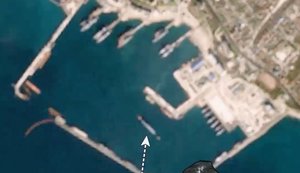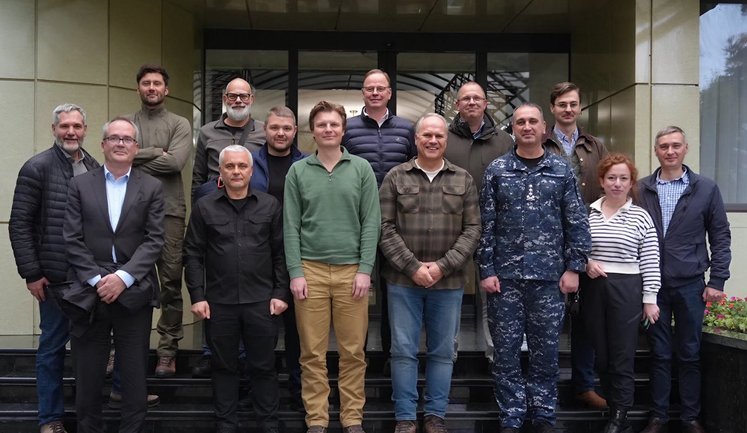Recent ship-related events highlight ongoing maritime tensions and accidents. A significant incident involved the Russian floating crane PK-400 Sevastopol, which sank before its completion. Constructed at the Sevastopol Shipyard for over eight years, its loss points to construction challenges. Meanwhile, the British Navy intercepted and shadowed the Russian destroyer Vice Admiral Kulakov in the English Channel, emphasizing the vigilance in European waters. Additionally, a Ukrainian-operated cargo ship named EILEEN sank in the Black Sea, with the crew successfully rescued, showcasing the dangers faced by maritime personnel in this volatile region. The incidents reflect escalating maritime dynamics involving Russian, Ukrainian, and British forces.
What caused the sinking of the Russian floating crane PK-400?
The Russian floating crane PK-400 Sevastopol sank unexpectedly before its construction was finished at the Sevastopol Shipyard. Factors leading to its sinking remain undisclosed, but it highlights potential construction and operational issues in shipyard undertakings that spanned for over eight years.
How did the British Navy respond to Russian ships in their waters?
The British Navy, maintaining strict security measures, intercepted and shadowed the Russian destroyer Vice Admiral Kulakov in the English Channel. The British frigate HMS Duncan monitored the Russian Northern Fleet warship's movements for over two days, ensuring the vessel's transit complied with international navigation laws.
What are the implications of the sinking of the EILEEN cargo ship in the Black Sea?
The sinking of the EILEEN, a Ukrainian-operated cargo ship, underscores the prevalent risks in the Black Sea region. Fortunately, all crew members were rescued, but the event highlights the vulnerability of maritime transport amidst geopolitical tensions between Ukraine and Russia, affecting logistics and security operations.
How does the interception of Russian ships impact regional security?
The interception of Russian ships, like the event involving the Vice Admiral Kulakov, reflects broader regional security concerns as European naval forces increase patrols to mitigate potential risks. This heightened vigilance serves to deter unauthorized or suspicious movements, contributing to regional stability and security enforcement in maritime zones.
What measures are involved in maritime rescue operations?
Maritime rescue operations, such as those following the EILEEN's sinking, involve quick coordinated responses between naval forces and emergency services. Key steps include dispatching rescue vessels or aircraft, ensuring crew safety, and navigating search and rescue strategies despite often adverse weather and challenging sea conditions.


































































